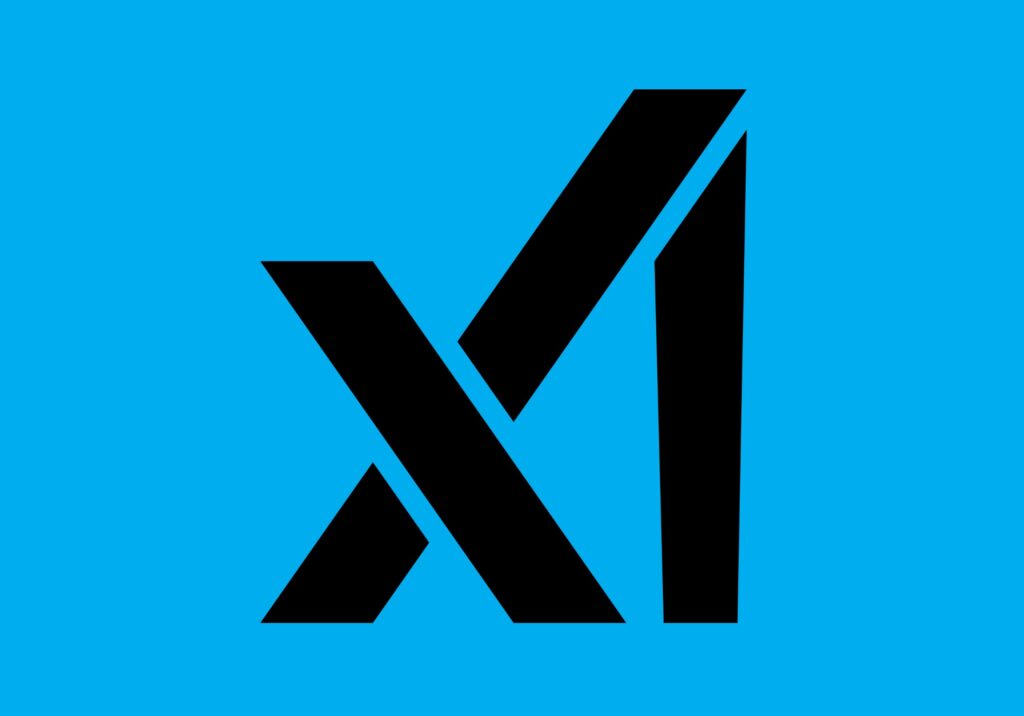Elon Musk’s xAI Launches Revolutionary AI Training System: Colossus
In a groundbreaking announcement, Elon Musk’s artificial intelligence company, xAI, has introduced its highly anticipated AI training powerhouse, known as ‘Colossus.’ This monumental system has marked its debut with the successful activation of a 100,000 GPU (Graphics Processing Unit) training cluster, a feat accomplished in just 122 days.
Colossus Sets New Standards
Musk expressed excitement over this milestone, revealing plans to scale Colossus even further. "In the coming months, we aim to double its capacity to 200,000 GPUs, utilizing 50,000 of the advanced H200 model," Musk stated via Twitter, emphasizing the ambitious trajectory of xAI’s development.
The Colossus system is now officially the most robust AI training infrastructure globally. For context, Google operates a network of 90,000 GPUs, while OpenAI relies on 80,000. Colossus not only eclipses these figures but is poised to offer even more processing power as it expands.
Cutting-Edge Technology Collaboration
Developed through a collaboration with Nvidia, Colossus takes advantage of top-tier GPU technology. Initially, it employs Nvidia’s H100 chips but will transition to the formidable H200 model as part of its growth strategy. The H200 boasts remarkable specifications, including 141 GB of HBM3E memory and a bandwidth of 4.8 TB/sec, positioning it as a sought-after component in the AI technological landscape. While Nvidia introduced the even more powerful Blackwell chip in March 2024, the H200 remains a significant asset in AI training applications.
Nvidia has warmly welcomed the unveiling of Colossus, expressing admiration for Musk and his xAI team. They noted that not only will Colossus set a new benchmark for AI systems, but it will also achieve exceptional energy efficiency gains.
Implications for AI Advancements
The prowess of Colossus may lead to accelerated breakthroughs across various AI disciplines, from natural language processing to intricate algorithmic problem-solving. However, its launch raises pertinent questions about the concentration of AI capabilities among only a few major tech players and well-financed startups. The growing prowess of companies like xAI indicates a potential widening gap that could limit access to advanced AI technologies for smaller institutions and independent researchers.
As the competitive landscape in AI evolves, all eyes are on xAI and its rivals to see how they wield these increasingly advanced systems. With the introduction of Colossus, Musk and his team have set a high bar, challenging their competitors to match or exceed this technological marvel.
Conclusion
The arrival of Colossus not only redefines the capabilities of AI training systems but also rekindles debates about the balance of power in the tech industry. As we witness the rapid advancements in AI, it becomes crucial to ensure that innovation remains accessible and that the benefits of these technologies can reach a broader audience. With Colossus, xAI has undoubtedly changed the game, and its future developments will be key to watch in this ongoing AI arms race.
For those interested in the intersection of AI and enterprise technology, stay tuned for events like the AI & Big Data Expo, which will feature insights from industry leaders and discussions surrounding the future of technology.




